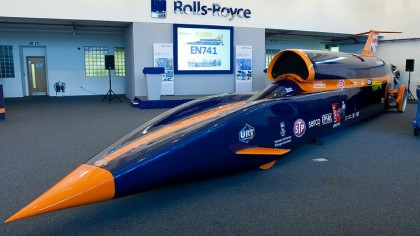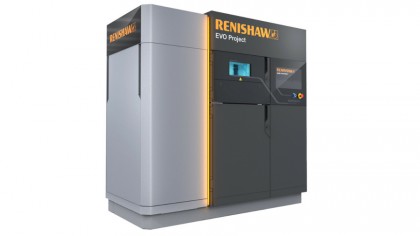Is 3D printing just a fad – or is the best yet to come?
Investors are losing confidence, but the industry is carving a niche
What's next for the 3D printing industry?
Education and proper, un-hyped promotion of the technology's benefits wouldn't go amiss since there's a serious lack understanding of what 3D printing actually means.
Also known as additive manufacturing, 3D printing mostly uses expensive, advanced plastics and metals, and is just the latest mass manufacturing technique. It has a massive future, just not a particularly exciting one for the average punter.

There are also many different types of 3D printers. "Some of the key technologies are allowing the industry to move beyond prototyping into finished goods production," says Connery. "This is clearly evident in the metal side of 3D printing where a company such as GE is already using 3D printed parts in its LEAP jet engine, and Boeing has recently announced FAA clearance of a 3D printed part in commercial airplanes."
The automotive industry has also proven the reliability of 3D printed products. "The thought that 3D printing will only ever be useful for prototyping is outdated," believes Wilkins, who mentions the FAST project, which sees Constellium, Stelia and CT Ingenierie aim to use 3D printing to produce aerospace structures and parts, including the fuselages.

Complex, customised and on-demand
3D printing is at its most useful where complex, customised and on-demand printing is required, hence its increased use in hearing aids, invisible dental braces, and orthopaedics.
That said, there are so many potential orders to be had from home users that desktop 3D printers are still on the industry's wish-list. So expect a new focus on putting 3D printers in schools, largely as a back-door into homes, though perhaps that's too cynical; there is a convincing argument for 3D printing in education.
"3D printers have a huge role to play in education, allowing kids to learn the fundamentals of creation and design, skills this country needs if we're to stay world leaders in product design," says Elsworthy.
Are you a pro? Subscribe to our newsletter
Sign up to the TechRadar Pro newsletter to get all the top news, opinion, features and guidance your business needs to succeed!
An immature, uneven and unpredictable market where new entrants make it hard to analyse – something investors get nervous about – 3D printing continues to grow, but in a different way each quarter. "This past period witnessed the largest Kickstarter effort ever with over 16,000 units pre-ordered," says Connery. "Curiosity is being translated into real product orders."

Cultural shift
Despite the dampened-down talk about 3D printers, some think that we're on the cusp of a massive cultural shift from consuming to making. "Being someone that wants to make things for themselves has been seen as an odd way of life in the past, but it's now chic, and soon it will be the norm to make rather than buy," says Elsworthy. "Our culture is slowly changing and with it households that want assistance in making things that are out of their crafting skillset will adopt this technology to realise their ideas."
However, 3D printing won't change the way people think and live overnight; this is going to be a slow and steady step-change.
3D printing is not going to be next year's craze, and nor is it going to replace legacy manufacturing processes. However, its ability to produce short-run, highly personalised products and components – think highly specialised engine parts and artificial limbs – is truly revolutionary.
3D printers may not deserve all the hype they've had so far, but 'open hardware' and 'democratised production' are destined for slow-burn success. "The big market for 3D printing at least for the next five years or so is industry rather than consumer," says Wilkins.
Jamie is a freelance tech, travel and space journalist based in the UK. He’s been writing regularly for Techradar since it was launched in 2008 and also writes regularly for Forbes, The Telegraph, the South China Morning Post, Sky & Telescope and the Sky At Night magazine as well as other Future titles T3, Digital Camera World, All About Space and Space.com. He also edits two of his own websites, TravGear.com and WhenIsTheNextEclipse.com that reflect his obsession with travel gear and solar eclipse travel. He is the author of A Stargazing Program For Beginners (Springer, 2015),
